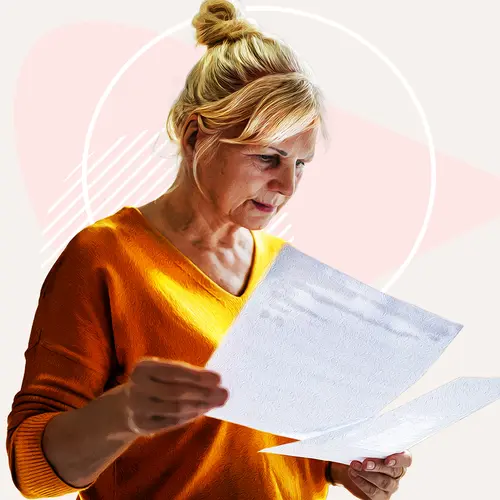Neck pain is a common ailment that is the fourth leading cause of disability. Almost 50% of people who have neck pain will feel it all the time or more than once. The Spurling test is a physical exam that can help figure out what kind of neck pain you have.
What Is a Spurling Test?
The Spurling test was introduced in 1944. The name comes from one of the neurosurgeons, Roy Spurling, who created the exam to test neck pain. This test is a provocative test that’s used to examine your spine. A provocative test puts pressure on your body to get a response. It has mild-to-moderate sensitivity.
Your doctor will do the Spurling test on you to try and get the same neck pain symptoms you’ve been feeling. It works by compressing your affected nerve root.
Understanding a Positive Spurling Test
After getting a Spurling test done, it’ll either be positive or negative. You’ll get a positive test when you feel pain during the test. Pain will radiate through your shoulder as the doctor moves and tilts your head.
A positive Spurling test indicates you have nerve root compression. This pain can affect your neck, shoulder, or arms. It sometimes feels similar to muscle weakness.
If you think you have a pinched nerve, or cervical radiculopathy, a positive Spurling test can help your doctor with a diagnosis. The Spurling test has been proven to be highly accurate. Your doctor will do the test, and consider your history and other physical signs.
If you get a positive test, you likely have one or more nerve roots that are getting compressed in your spine. This might be because of fractured or displaced vertebrae. It could also be due to:
- Swelling
- Scar tissue
- Prolapsed or herniated vertebral disk
- Severe muscle spasm
How Is a Spurling Test Done
If your doctor does a classic Spurling test on you, they’ll start by pulling your neck out slowly. Then they’ll flex your head and neck to the side that’s causing you pain. If you feel pain, you’ll get a positive test. The test is designed to copy the pain and tension you’re feeling.
The traditional Spurling test is done by putting pressure on your head. You may feel pain or strange sensations. Your doctor will keep the pressure going until the end of the test. The test will stop sooner if you feel pain or discomfort. If you start to hurt or feel numb, or tingling, or any other sensation radiating down your arm, then you have a positive test.
If you don’t feel any pain during the basic compression test, your doctor will move on to the next step. First, your doctor will pull your neck out and move your head downward. Then your doctor will rotate your head from side to side, while your head is still extended and facing downward. You’ll do these movements until you feel pain. If you complete the test and feel no pain, you'll get a negative test result.
Accuracy of a Spurling Test
The Spurling test is a highly specific provocative test. But it's not a sensitive test. It's designed to diagnose a pinched or compressed nerve in your spine.
If you believe you have cervical radiculopathy then you should talk to your doctor about performing a Spurling test.
Five Other Tests for a Spinal Exam
In addition to the Spurling test, other provocative tests may be used during your spinal examination to figure out the cause of your pain.
Shoulder Abduction (Relief) sign. Your doctor will have you put your hand on your head. This relieves some of your shoulder tension. You’ll get a positive test if your pain is relieved during this test.
Neck Distraction test. For this test your doctor will apply force while grabbing your head under your chin. You’ll get a positive result if you feel relief in your neck.
L’hermitte’s sign. This test works when your doctor flexes your cervical spine. If you feel a shock-like pain or feeling down your spine or arms and legs, you’ll get a positive test.
Hoffman’s sign. Your doctor will have you snap your thumb and index finger. You get a positive result if your thumb and index finger don't respond to the test, or can't make the movements.
Adson’s test. Your doctor will have you keep your chin up and turn your head to your affected side. If you don’t have a radial pulse, then you'll get a positive test result.

